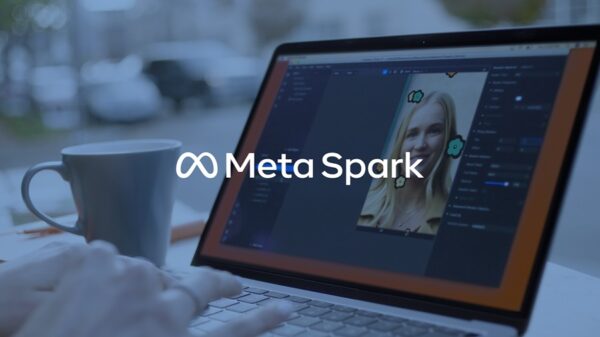Meta has announced discontinuing its Spark AR studio, effective January 14, 2025. This decision will remove all third-party augmented reality (AR) effects from its apps, including Instagram, Facebook, and Messenger.
The shutdown has sparked a significant backlash from creators who have relied on Spark AR to develop engaging content for their audiences.
Read also: Meta cracks down on 63,000 ‘Yahoo boys’ scam accounts
The shutdown of Spark AR
The closure of Spark AR means that creators will lose access to essential tools like Meta Spark Studio, Meta Spark Player, and Meta Spark Hub. These platforms have enabled developers to create and publish AR effects that have been used billions of times across Meta’s family of apps. With the shutdown, only first-party AR content developed by Meta will remain available, limiting the diversity of AR experiences for users.
Meta’s decision is part of a broader strategy to exert greater control over AR content distribution while reallocating resources toward developing new technologies, particularly AR smart glasses. The company aims to prioritise products that align with its vision for the future, which includes enhancing the user experience through advanced AR capabilities.
Resilience in AR: creators’ journey after lockout
The AR creator community has primarily been unsupportive of the move. Many creators have complained about the hasty decision, pointing out that it would cost them their sources of income. For example, many AR creators who have spent considerable time and effort creating their portfolios on AR platforms are now searching for the best way to continue being relevant in the AR market after being locked out of their preferred platforms.
In its notice, Meta urged other creators to back up their project files or other content before the site shuts down. Though this is true, many people are caught off guard since many of their projects are developed from Spark AR.
Read also: Meta to appeal FCCPC’s $220m fine
AR’s Future at Meta
However, Meta is not backing down from creating AR technologies, as it showed through the Spark AR shutdown. The firm is preparing to add AR to its new generation of smart glasses, which will be launched at the Meta Connect event later this year. This transition implies that Meta is trying to achieve a much more AR experience, which relies on Meta’s technologies.
The further development of augmented reality in Meta’s applications will remain ambiguous when the soft deadline of January 2025 arrives. The company will go on maintaining its first-party AR effects; therefore, it will be crippling for the firm to lose third-party content as it has been the significant driver of creativity and innovation, characterising more interfaces such as Instagram and Facebook’s AR.
Overall, it is possible to conclude that the decision to shut down Spark AR is a significant shift in Meta’s and its creators’ development. With this change of direction in those new experiences and technologies, its presence and effect on the creators and users of AR will be keenly observed in the future.















